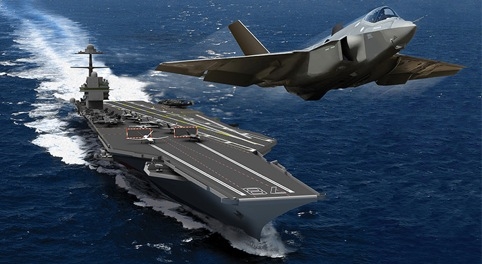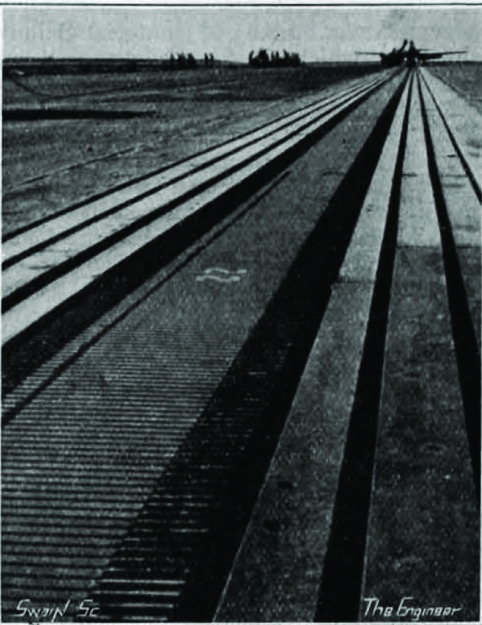When American aircraft carrier the USS Gerald R Ford enters service in 2015, it will be the first vessel of its kind to feature an electromagnetic launch system, rather than the steam catapult technology that’s traditionally been used to launch aircraft from the decks of carriers.

The technology - which will help aircraft to accelerate more smoothly to launch speed - is generally viewed as “new”, it’s even been identified by Airbus as a potential way of launching civilian aircraft more rapidly and efficiently.
But way back in 1946, The Engineer reported on a prototype system dubbed the “electropult” that was already at an advanced state of development. You can read the full article here.

‘A 440ft diameter motor, developed or rolled out so that the rotor forms a flat track upon which the flat stator can run linearly, would constitute, at first acquaintance, an unpromising machine.’ wrote The Engineer.
‘Yet this very arrangement, known as the ” electropult,” has been designed and built by the Westinghouse Electric Corporation for the United States Navy, and may well prove to be the most satisfactory answer to the problem of launching jet-propelled and robot aircraft and heavy bombers from shipboard or small landing fields without the initial impact of conventional catapults.’
The Engineer reported that two “electropults” has already been built for the US navy, one at Mustin Field, Philadelphia and another at the Patuxent River base in Maryland.
During demonstrations at Patuxent, the system had been used to launch ‘a jet-propelled aircraft at 116 miles an hour in four and one-tenth seconds, after a run of only 340ft.’

While the military applications were already clear, The Engineer speculated on the technology’s potential in the world of civil aerospace. ‘The “electropult ” has no apparent limitations in speed or capacity,’ it wrote. ‘It gains in effectiveness as the size of the aircraft increases. With the ever -increasing speed and weight of a aircraft it seems reason able to expect that “electropults” eventually may become the natural choice for the larger sizes of aircraft carriers.’




Red Bull makes hydrogen fuel cell play with AVL
Formula 1 is an anachronistic anomaly where its only cutting edge is in engine development. The rules prohibit any real innovation and there would be...